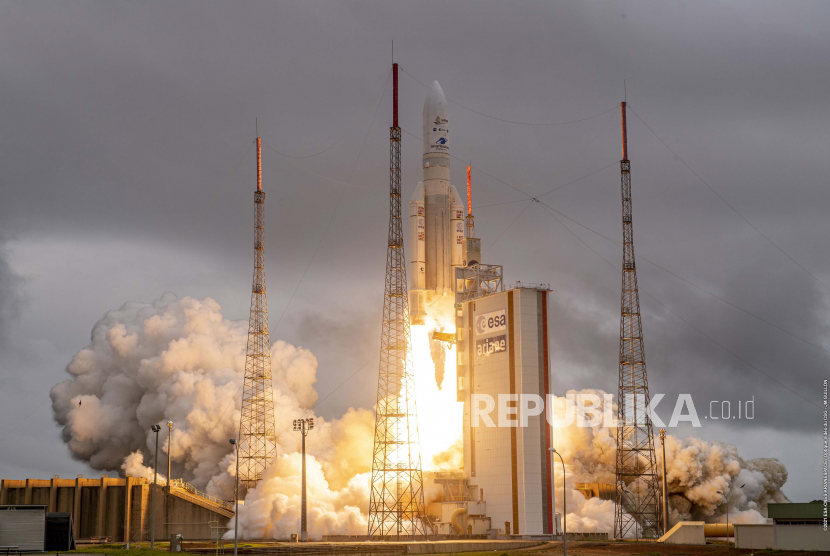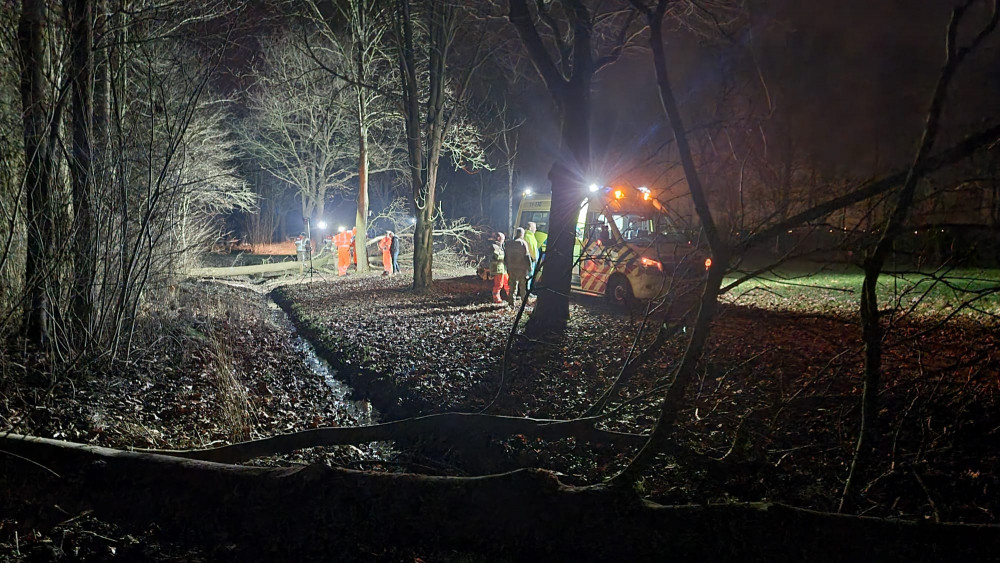The telescope is adjusting the secondary mirror to be in a precise position.
REPUBLIKA.CO.ID, WASHINGTON — The James Webb Space Telescope (JWST) has completed a million-mile journey through space. The telescope has reached its ‘new home’ orbiting the sun.
This next-generation observatory, launched on Christmas Day last year, successfully performed an orbital insertion maneuver Monday (24/1/2022) to enter orbit at the second sun-Earth Lagrange point, or L2. Point L2 is 1.5 million kilometers from Earth.
Lagrange points are gravitationally stable points where a spacecraft can more or less “park”, maintaining the same relative position without consuming a lot of fuel.
Another advantage of this orbit is that it allows the telescope to receive constant exposure to sunlight, which is important to allow it to collect power through the solar panels, while only one side is facing the sun.
This means that the side facing the sun can be protected by the telescope’s very large windshield, while the side facing space remains cool. Finally, this special orbit also makes it easier for the telescope to communicate with Earth via the Deep Space Network NASA while still allowing it to see the entire sky as it orbits the sun.
“Webb, welcome home!” said NASA Administrator Bill Nelson (via NASA).
“Congratulations to the team for all their hard work ensuring Webb’s safe arrival in L2 today. We are one step closer to unraveling the mysteries of the universe. I can’t wait to see Webb’s first new look at the universe this summer!” he said, quoted from Slashgear, Tuesday (25/1/2022).
What did the James Webb telescope do next?
Since Webb is safe at L2, the telescope can move on to the next stage. The team is working on a lengthy process of adjusting its primary and secondary mirrors, which need to be tweaked with nanometer precision until they are in the perfect position for maximum accuracy when the telescope looks at the depths of space.
Now that the spacecraft is in its orbit, it goes through a period of controlled cooling during which its temperature drops to a steady level. To control this process and avoid damaging the delicate parts of the telescope, there is a special electric heating strip that will be used to regulate the temperature (via the Goddard Space Flight Center).
Eventually, scientific instruments would be calibrated and then Webb could begin his scientific research, looking at everything from black holes to distant galaxies.
“Over the past month, JWST has achieved tremendous success and is a tribute to all those who spent years and even decades ensuring mission success,” said Bill Ochs, Webb project manager at NASA’s Goddard Space Flight Center (via James Webb Space Telescope NASA blog).
–


